How to Reengage Cart Abandoners – (Updated for 2025)

The last thing you want to do is look back on the conversion that could have been. Instead, there are ways that you can earn back the business of cart abandoners. These following methods require some diligence on your part. But the end result will be a profit windfall that fuels your e-commerce engine, and keeps you chugging along in the black into the next quarter due to improved consumer confidence.
Optimize Your Checkout Process
New studies have revealed that $260 billion of cart abandonment losses can be recovered by taking measures to optimize your checkout. This detailed KissMetrics guide delivers 40 different ways that you can improve your checkout strategy to get more conversions (highly recommended). Take a moment to browse this list and compare it to your current checkout option. By assuring that checkouts are fast and simple, requiring the fewest steps necessary to complete the sale, you can immediately decrease cart abandonment rates.
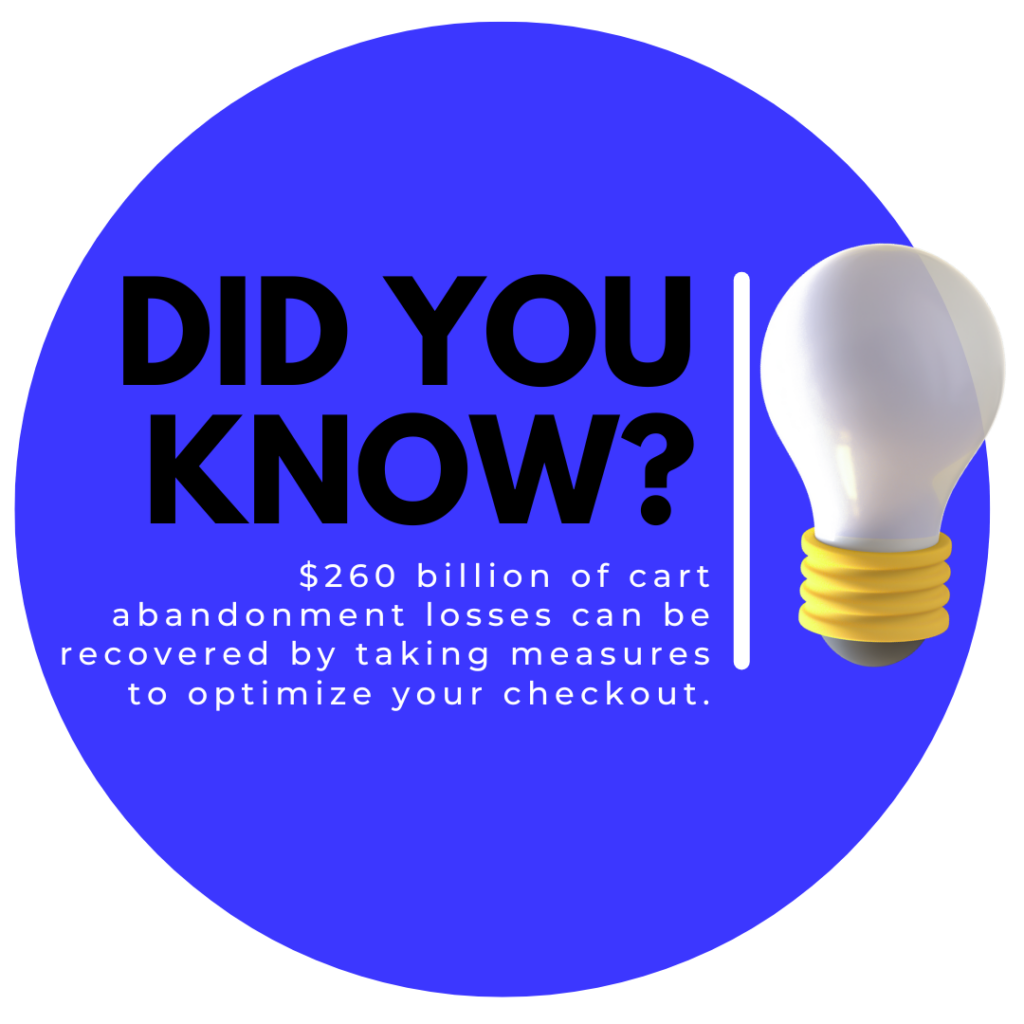
Consumers require confidence to complete an ecommerce transaction. Offering site security verifications, seals and certificates go a long way with increasing confidence levels. Allowing a guest checkout is another smart move to decrease abandonment, and helps you win over customers that would have otherwise avoided the lengthy account creation process. Other things, like clearly stating shipping fees, your return policy and any taxes, also will do wonders. Finally, upselling and cross-selling within your checkout process has been shown to improve your average order value exponentially. Take a look at our complete guide for more tips: Faster Online Checkouts = More Conversions.
Automate Cart Abandonment Emails
Another simple way that you can prospectively earn back the business of shoppers who navigated away from the cart before closing the sale is by sending an automated cart abandonment email. In many cases, the cart is abandoned during the final stages of a checkout, or the abandoner already has a registered account with your online store. In both of these instances you can setup an automated system that emails the abandoner with a special offer or reminder to try to earn back their business.
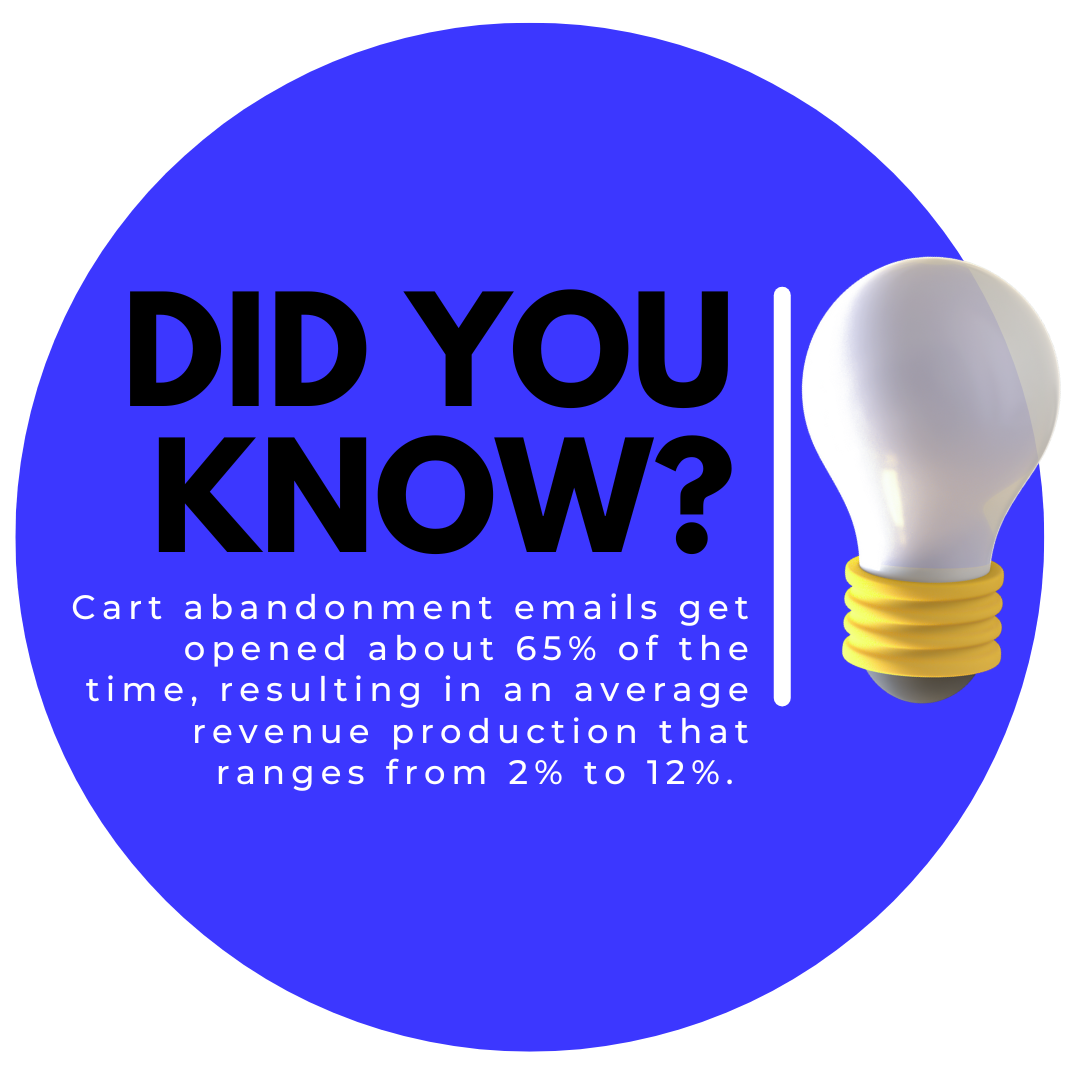
In our related report, Here’s Why You Need to Send a Cart Abandonment Email, we entail how this helps you earn back more conversions from otherwise lost sales. You can get a detailed breakdown of this method by following the above link. In a nutshell, cart abandonment emails get opened about 65% of the time, resulting in an average revenue production that ranges from 2% to 12%. Given that the customer was already abandoning the shopping cart to begin with, the ability to earn back as much as 12% in lost sales should be attractive to all online retailers.
Retarget to Abandoners
If you do not already have a retargeting program in place at your online store, there’s no better time like the present to integrate one. Retargeting works by placing display ads on the websites that your bounced users visit the most. For example, any visitor that arrives at your site and leaves without converting to a sale is considered a bounced user. This metric also applies to visitors who abandoned the shopping cart, too. But with retargeting, you can prospectively reconvert as many as 70% of these shoppers.

In a guide we created on retargeting statistics, our research found that only 8% of cart abandoners return to complete a sale without retargeting in place. With retargeting in place, a healthier 26% return to complete a sale. With a difference of 19%, it’s a no-brainer to add retargeting to your arsenal of conversion weapons. It’s also cost effective, too; you only pay for the clicks that come back into your site, not the impression.
Offer Coupons & Discounts
Never lose faith in the fact that consumers are always after the best deal. It’s the primary reason why comparison shopping is so popular during the present day. In a related guide we published about digital coupon statistics, we found that more than 90% of consumers search for a discount or deal. Offering one is a simple way to not only increase your average order value, but to also reduce your shopping cart abandonment rates.
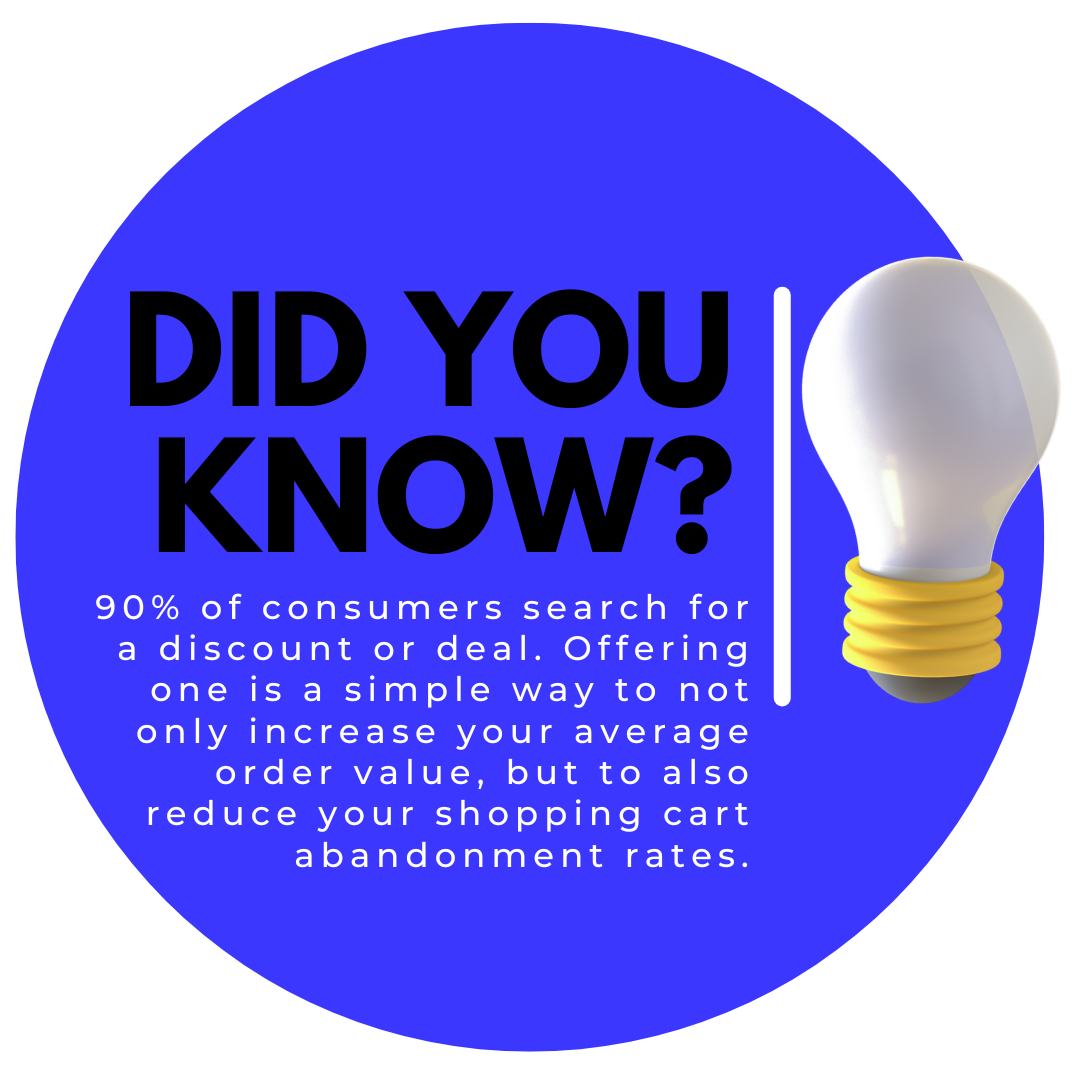
Additionally, adding a digital coupon to something like a cart abandonment email can help you improve recovery rates. Our research found that emails that include coupons or deals have 14% higher open rates, get 34% more clicks, have a 27% increased transaction completion percentage, and yield a staggering 48% revenue increase per email (as compared to email campaigns that do not offer a deal).
Integrate a Free Shipping Threshold
One of the primary reasons why cart abandonment rates are so high is simply due to the added cost of shipping. About 61% of the time, added costs, namely shipping, cause a shopper to give their purchase a second thought, often resulting in cart abandonment. But there is a way to work around this and earn their business. It’s found in the form of something called the “free shipping threshold.”
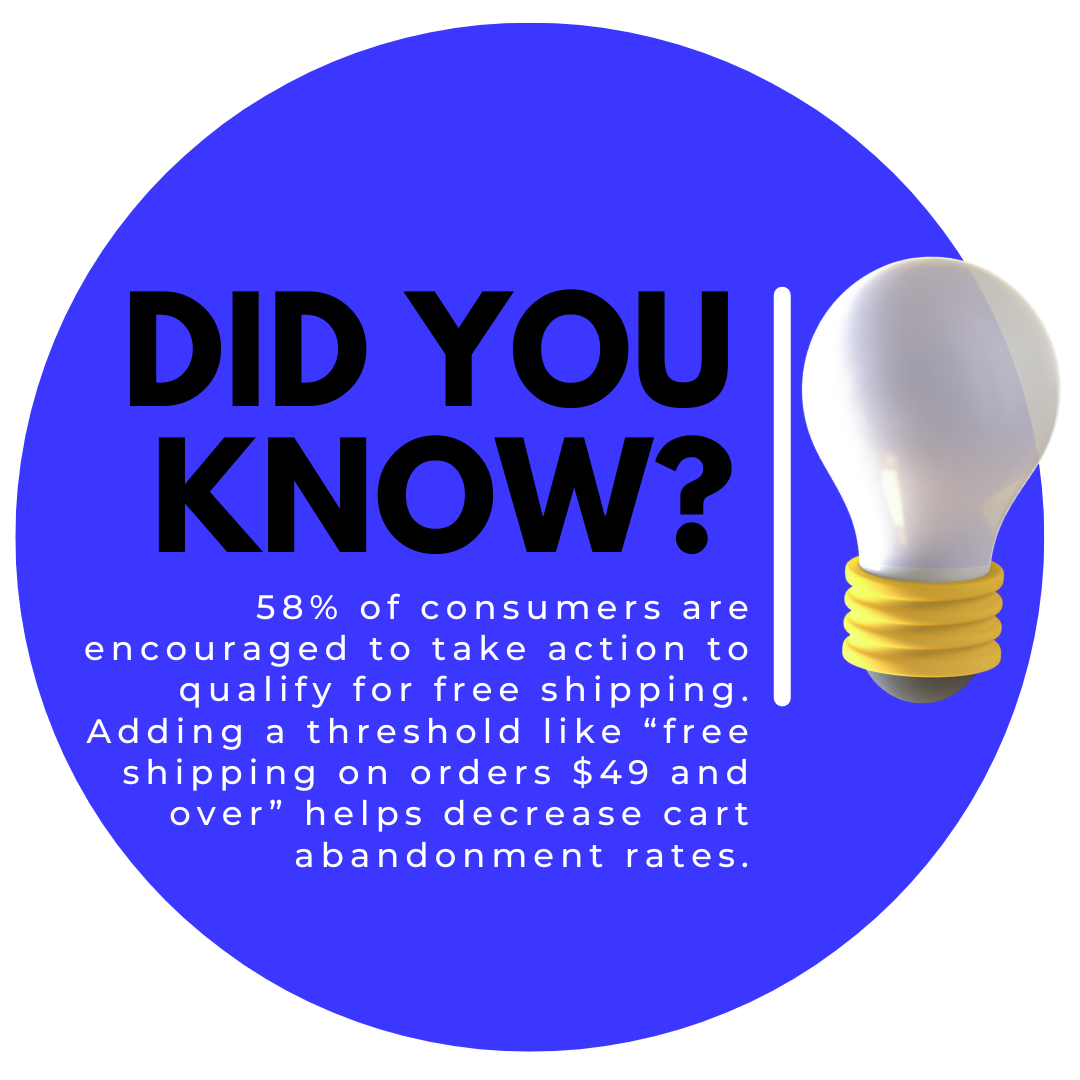
In a recent guide we published, Yes, You Can Boost Sales with a Free Shipping Threshold, our research found that 58% of consumers are encouraged to take action to qualify for free shipping. Adding a threshold like “free shipping on orders $49 and over” helps decrease cart abandonment rates, and actually increases your sale potential simultaneously. With four out of five shoppers wanting free shipping, this simple method is one of the easiest ways to stamp out cart abandonment rates.
Your Return Policy Matters
Think of the returns policy that you offer as the lifeline between you and your customers. A returns policy is one the main reasons why shoppers actually abandon the cart. That’s because people want to feel confident in making a purchase, and also want to know that if the purchase does not work out, they can send the product back. This is even more true in apparel, which has the highest return rate in ecommerce. By offering a quality returns policy, you are effectively telling the customer to go ahead and make that purchase.

The real key is with reinforcing that return policy inside of your shopping cart, or somewhere that’s very visible on your website. Stores like Zappos remind customers of just how important returns are on their website banner. Adding this type of language to your site will help you secure more sales, and will also work to decrease your abandonment rate across the board. To get your return policy in order, take a look at our Ultimate Guide to Ecommerce Returns. It’s filled with everything you ever needed to know about returns, your policy and what your customers want.
Offer Shipping Discounts
A number of recent studies have revealed that the cost of shipping is the leading cart abandonment reason, but the fix is not always easy. Shoppers balk when presented with added fees during checkout that they hadn’t considered during the shopping process. The surest way around this is to state your shipping costs upfront, to offer a free shipping threshold (as noted above), and to present your shopper with several shipping options, including discount shipping options like ground shipping.
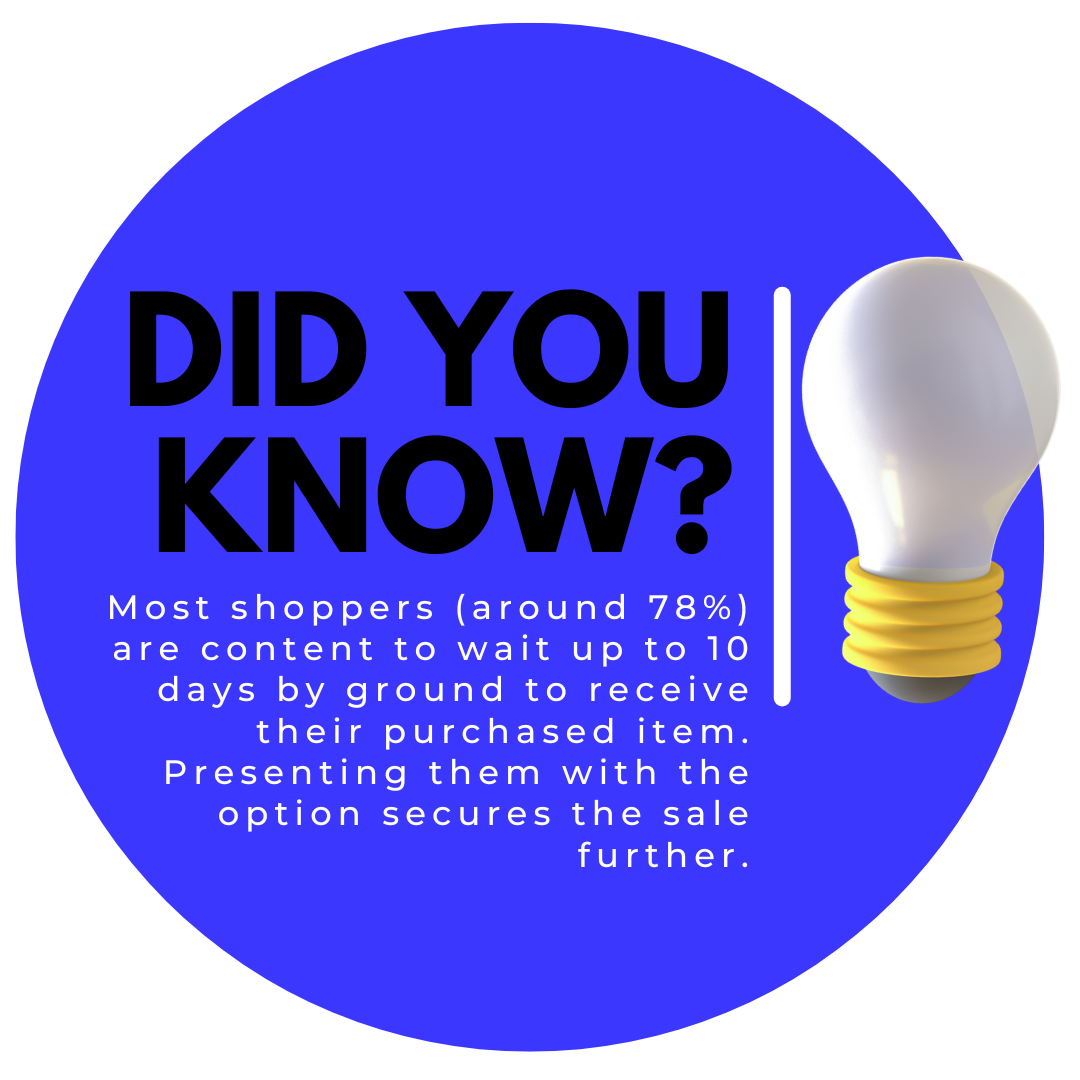
Our research has found that most shoppers (around 78%) are content to wait up to 10 days by ground to receive their purchased item. Presenting them with the option to select several different shipping methods helps secure the sale further. This is especially true if your store is operating without a free shipping threshold because it gives you another way to improve consumer confidence in the purchasing process. For more answers, make sure you read: Ecommerce Shipping and Fulfillment: The Definitive Guide. It’s packed with everything you ever needed to know about shipping, options, prices and your customers.
Offer a Price-Match Pledge
Your customers want to know that they are being offered a fair and honest price on the products you are selling them. But don’t expect them to take your word for it. Rather, take things a step further with a price-match pledge. It’s listed as one of our top 8 Methods Leading Ecommerce Stores Use to Beat the Odds. It’s also one of the simplest things you can to do stamp out cart abandonment rates and to improve conversions.
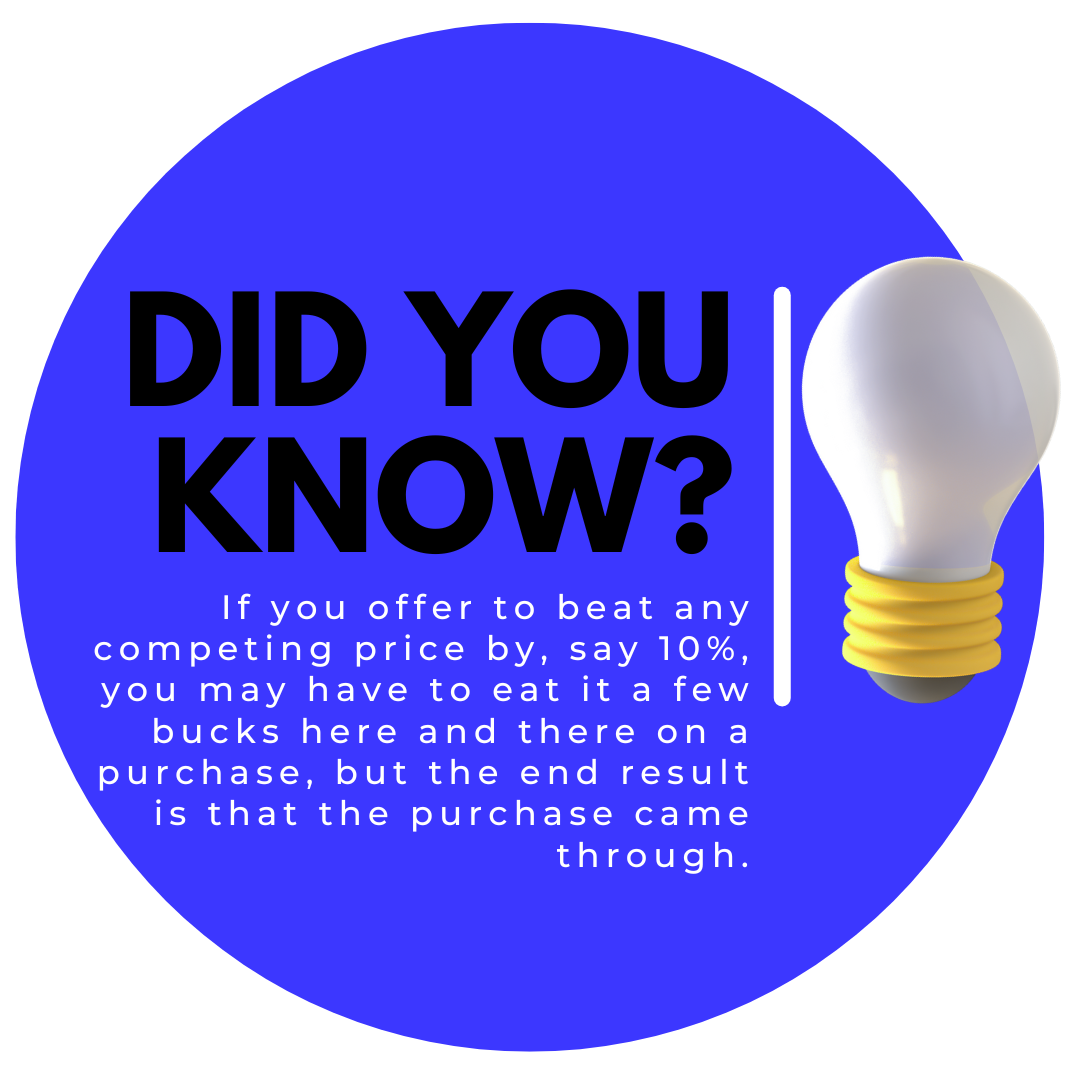
With a price-match pledge, a shopper no longer has to worry about finding a lower price somewhere else later. If you offer to beat any competing price by, say 10%, you may have to eat it a few bucks here and there on a purchase, but the end result is that the purchase came through. Even if you profit less on the initial purchase, you reap the rewards of improved customer loyalty and long term retention.
Feature Verified Product Reviews
Last on our list are real-time, verified online product reviews. They are, easily, one of the fastest things you can integrate into your online store to attract more sales. A variety of plugins, services and apps are available, depending upon your shopping cart or marketplace solution, that can enable you to stream real-time and verified product reviews for your customers.
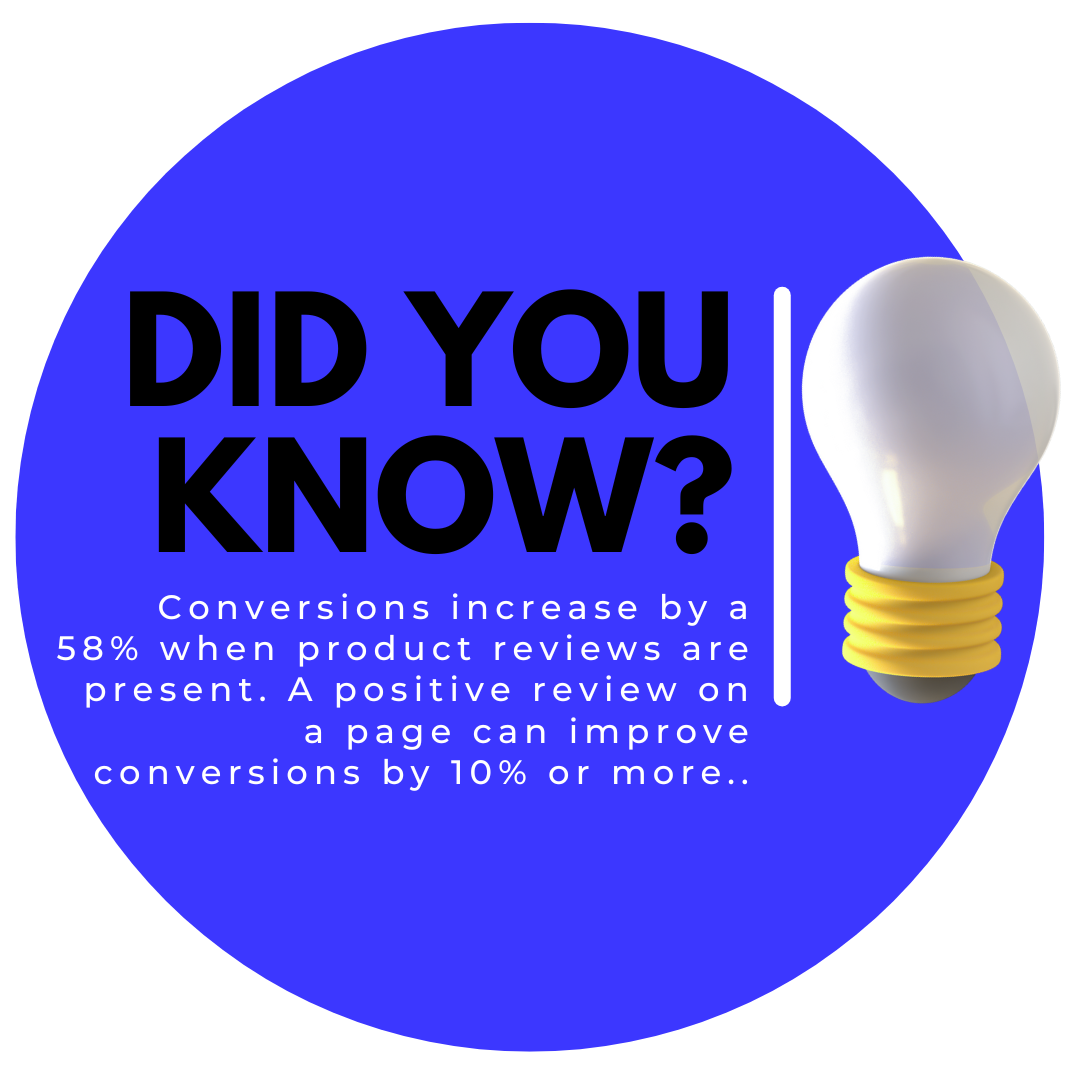
According to a recent guide we published, How Online Product Reviews Improve Profits, the potential for conversions increases by a whopping 58% when product reviews are present. Just one positive review on a page can improve conversions by 10%; 30 reviews can improve conversions by 25%; and 100 or more reviews can supercharge conversions by 37% or more. As your conversions increase from these reviews, your abandonment rates drop.
Give Them a Reason to Return with a Loyalty Program
Sometimes, shoppers abandon their carts because they’re undecided or waiting for a better deal. A customer loyalty program can be the nudge they need to come back and complete their purchase.
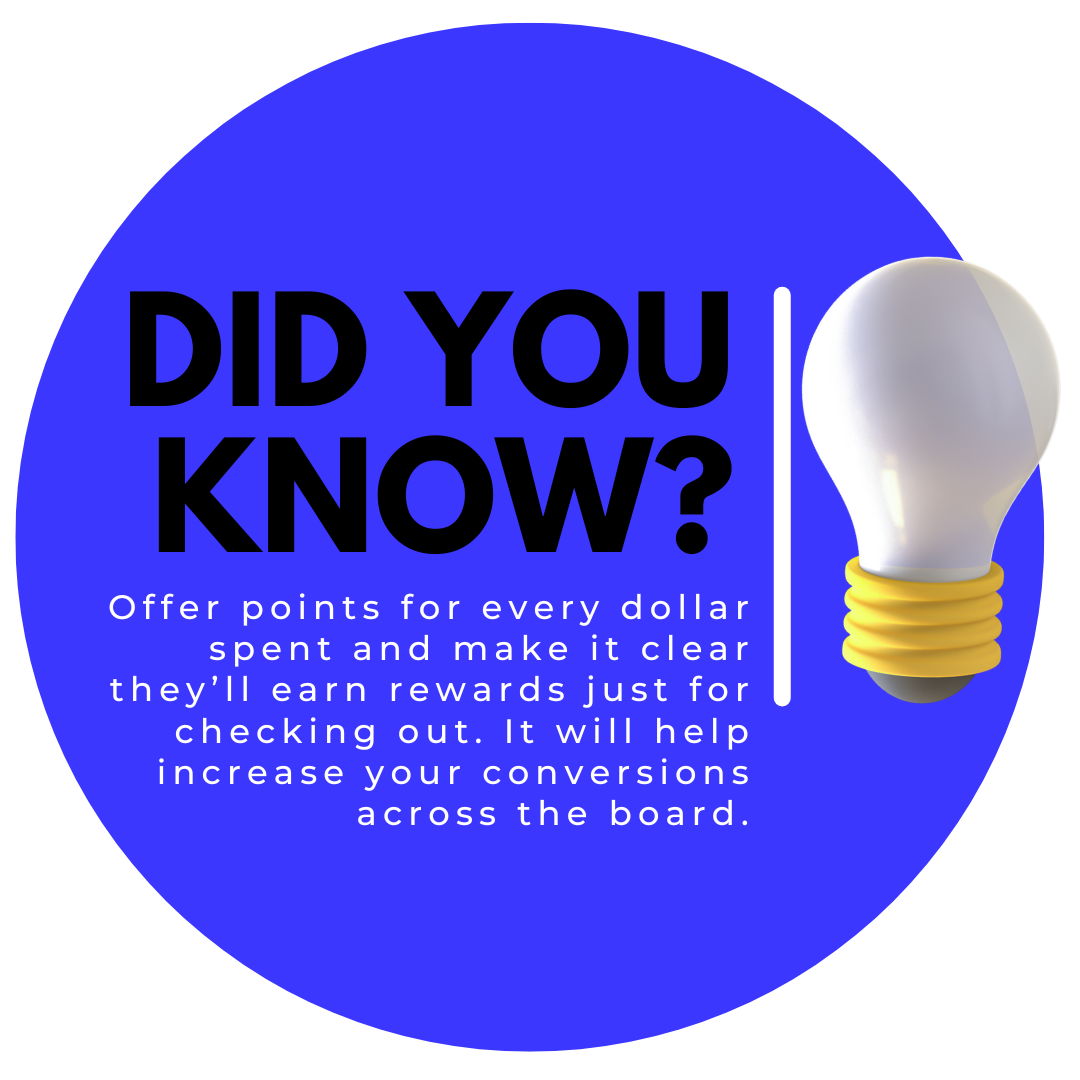
Offer points for every dollar spent and make it clear they’ll earn rewards just for checking out. Sweeten the deal with exclusive perks like early access to sales, VIP discounts, or free shipping for members. When customers see the long-term value in shopping with you, they’re more likely to finish their order—and keep coming back for more.
2025 Statistics on Shopping Cart Abandonment
As of early 2025, shopping cart abandonment remains a significant challenge for e-commerce businesses. Here’s a comprehensive overview of the latest statistics:
1. Average Cart Abandonment Rate
- The average cart abandonment rate across industries is approximately 70%.
2. Financial Impact
- E-commerce businesses lose about $18 billion in revenue annually due to cart abandonment.
3. Abandonment Rates by Device
- Mobile Devices: Approximately 76.05% of shopping carts are abandoned on mobile devices.
- Tablets: The abandonment rate for tablets is around 68.84%.
- Desktops: Desktops have a lower abandonment rate at 66.41%.
4. Abandonment Rates by Industry
- Luxury & Jewelry: Highest abandonment rate at 80%.
- Pet Care & Veterinary Services: Lowest rate at 56%.
5. Reasons for Cart Abandonment
- Unexpected Costs: 48% of users abandon carts due to extra costs like shipping and taxes.
- Account Creation Requirements: 21% leave because they are required to create an account.
- Complicated Checkout Processes: 18% abandon due to lengthy or complex checkout procedures.
6. Impact of Checkout Process Length
- The average checkout flow consists of 5.2 steps. Simplifying this process can reduce abandonment rates.
7. Effectiveness of Cart Recovery Emails
- Open Rate: Approximately 45% of cart abandonment emails are opened.
- Click-Through Rate: 21% of opened emails receive click-throughs.
- Conversion Rate: 50% of users who clicked on these emails completed their purchase.
8. Global Cart Abandonment Rates
- Asia-Pacific: Highest rate at 80.52%.
- EMEA (Europe, Middle East, Africa): 73.03%.
- Americas: 71.8%.
9. Influence of Traffic Source on Abandonment
- Search Traffic: Lower abandonment rate at 76%.
- Social Media Traffic: Higher rate at 91%.
10. Impact of Payment Options
- Offering Buy Now, Pay Later (BNPL) options can improve checkout conversion by 78% and reduce cart abandonment by 10%.

Understanding these statistics can help businesses identify areas for improvement and implement strategies to reduce cart abandonment, thereby increasing overall revenue.
In the end, there’s one game-changer you don’t want to overlook: Confidence. It will skyrocket purchases. The lack thereof will result in abandonment rates and lost revenue.
Ready for 2025? ReadyCloud Has You Covered!
Success in 2025 starts with the right tools, and ReadyCloud’s suite of solutions is designed to propel your ecommerce business to new heights. With ReadyCloud, you’ll have all your data centralized in one place, offering insights that drive smarter decisions. Take your marketing to the next level with Action Alerts, delivering growth-focused, automated campaigns that keep your customers engaged.
Shipping is easier than ever with ReadyShipper X, a multicarrier solution that simplifies your fulfillment process while saving time and money.
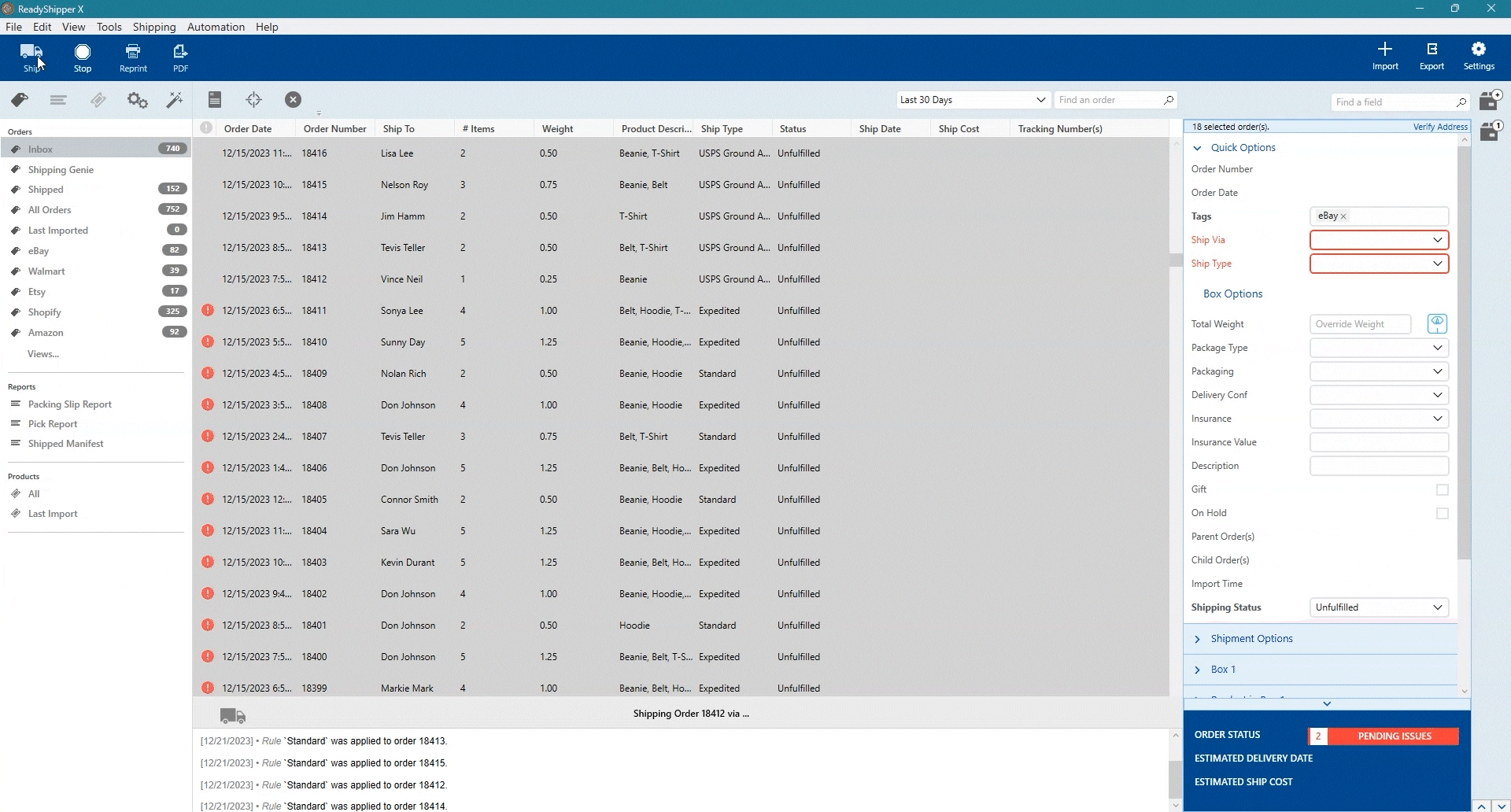
And when it comes to returns, ReadyReturns streamlines the entire process with an automated solution that boosts customer satisfaction and loyalty.
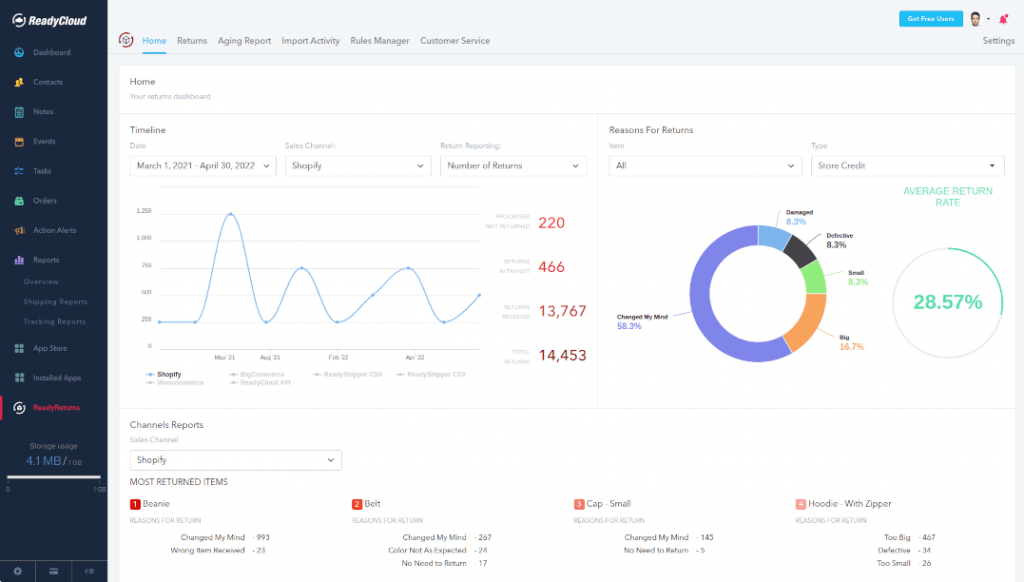
ReadyCloud is more than just a suite of systems—it’s your ticket to thriving in 2025 and beyond!
Start your journey to success today! Learn more and get started here.
Or contact our Sales Department at: 877-818-7447 ext. 1.
Share On:







